I want to emphasise the last 3 characters of a string, example:
123456789
Easy to wrap the last three with <strong> or <span class="">, but I was wondering if it could be done with CSS only? So the html would be something like:
<span class="mytext">123456789</span>
With the emphasis added in CSS mytext class?
